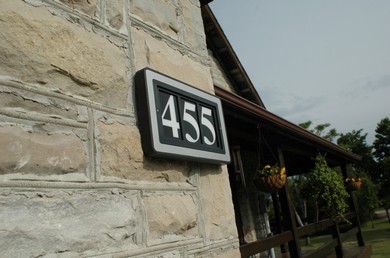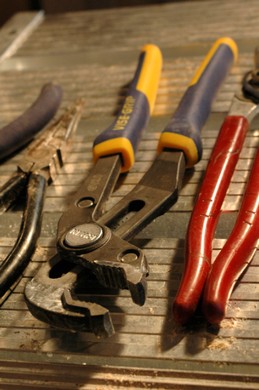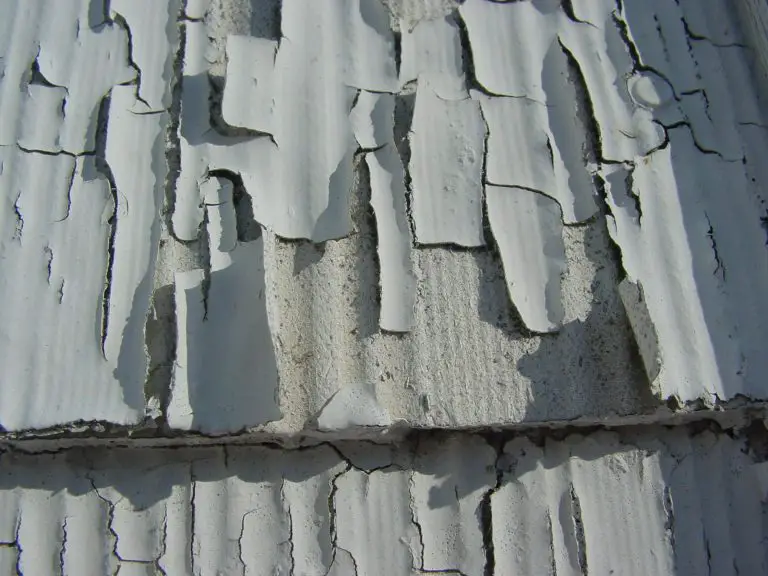Soundproofing plays a crucial role in creating a peaceful and serene environment within a home. The hustle and bustle of the outside world, the noise from the next room, or the sound of footsteps from the floor above can all disrupt this tranquility. Soundproofing is the key to maintaining this peace, ensuring that a home remains a haven of quiet and calm.

A variety of materials can be used for soundproofing, but one stands out for its effectiveness and versatility—rubber. With properties such as high density and elasticity, rubber is an excellent choice for soundproofing applications.
Understanding Soundproofing
Soundproofing is the process of reducing or preventing the transmission of sound from one space to another. It involves using materials and techniques that either absorb or block sound waves, preventing them from causing disturbances in unwanted areas.
The necessity of soundproofing goes beyond mere comfort. It’s about privacy, peace, and even health. Constant exposure to noise can lead to stress, disturbed sleep, and decreased productivity. Soundproofing a home ensures that everyone within can work, play, and rest without being disturbed by unwanted noise.
The Role Of Rubber In Soundproofing
Rubber, with its myriad applications, has found a significant role in the realm of soundproofing. A wide range of rubber products, from sheets and mats to seals and underlays, are used in various soundproofing applications. The inherent properties of rubber, such as its density and elasticity, make it an excellent barrier to sound transmission.
The benefits of using rubber for soundproofing are manifold. Rubber is durable and able to withstand wear and tear over time without losing its soundproofing abilities. It’s cost-effective, providing excellent soundproofing at a fraction of the cost of other materials. And perhaps most importantly for the DIY enthusiast, rubber is easy to install.
Types Of Rubber Materials For Soundproofing
Exploring the different types of rubber materials commonly used in soundproofing reveals their unique characteristics and applications.
-
Rubber Underlay For Flooring
One of the most effective soundproofing solutions with rubber underlay involves its use for flooring. This underlay, often made from recycled tires, is placed beneath the floor surface to absorb and dampen sound. It’s particularly effective at reducing the noise of footsteps or dropped objects, making it a popular choice for multi-story homes and apartments.
-
Rubber Seals For Doors And Windows

Rubber seals for doors and windows are another excellent application of this versatile material. These seals are placed around the edges of doors and windows to prevent sound leaks. They’re especially useful in blocking out street noise, making them a must-have for homes in busy urban areas.
-
Rubber Panels For Walls And Ceilings
Rubber panels for walls and ceilings offer another layer of soundproofing. These panels, which can be installed on existing walls and ceilings, absorb sound waves before they can reverberate within a room. They’re a great choice for home theaters, music rooms, or any space where sound quality is paramount.
Each of these types of rubber materials has its own set of pros and cons. Rubber underlay for flooring, for example, is highly effective and easy to install. However, it may not be suitable for all types of flooring. For instance, certain types of delicate hardwood or luxury vinyl flooring might not recommend the use of rubber underlays due to potential discoloration or adverse reactions between the materials.
Rubber seals are excellent at blocking out external noise, but they require regular maintenance to remain effective. Rubber panels provide excellent sound absorption, but they can be more difficult to install and may alter the aesthetics of a room due to their visible presence and specific texture.
DIY Soundproofing Solutions Using Rubber Materials
Implementing soundproofing solutions using rubber materials can be a rewarding DIY project, enhancing the tranquility of any home.
-
How To Install Rubber Underlay For Soundproof Flooring
Installing rubber underlay for flooring is a straightforward process. Begin by cleaning the floor surface, then roll out the underlay, ensuring it covers the entire area. Trim excess material and secure the underlay with adhesive or double-sided tape. Once the underlay is in place, proceed with the installation of the floor covering.
-
How To Install Rubber Seals For Soundproofing Doors And Windows
For doors and windows, start by measuring the perimeter of the door or window frame. Cut the rubber seal to the appropriate length, then attach it to the inside frame using the adhesive backing. Ensure the seal is secure and covers any gaps where sound might leak through.
-
How To Install Rubber Panels For Soundproofing Walls And Ceilings
Rubber panels for walls and ceilings require a bit more effort. Measure and cut the panels to fit the wall or ceiling, then attach them using adhesive or screws. It’s important to ensure the panels are securely attached to prevent them from falling or creating gaps where sound can pass through.
While these DIY solutions are relatively simple, they require careful planning and execution. Always measure twice and cut once to avoid mistakes, and ensure all materials are securely attached to prevent future issues. With a bit of effort and the right materials, a quieter, more peaceful home is within reach.
Conclusion
Given its benefits, soundproofing is certainly a worthwhile investment in one’s living space. Rubber, with its unique properties and versatility, emerges as a practical and cost-effective material for soundproofing applications.
From rubber underlays for flooring to seals for doors and windows and panels for walls and ceilings, these solutions offer a path to a quieter home. While each type of rubber material has its pros and cons, the key lies in choosing the right solution for the specific needs of the space.












